|
I have been in the Art business for almost 40 years. The number one question I'm asked is "How do I know if a piece of art is going to go up in value?" The second most popular question I'm asked is: "How do I know if I'm over paying for a piece of art?" These are difficult questions. To difficult to answer in a few paragraphs. I can however give you some basic rules to follow when purchasing artwork.
Rule 1) The number one rule when purchasing art is; always have a budget. It can be $100 or $100,000. No quick talking sales person should be able to talk you into spending more that your budgeted amount. Rule 2 Know where you are going to hang or store the piece you are thinking of buying. If you are looking for a piece for a bedroom for example. Take a photograph of the space that includes some furnishings and take a measurement of the open space you are trying to fill. Rule #3) Select your own art. I can't stress this enough. Don't ask your friends their opinion! Art is about you, your personality and your lifestyle. If you need assistance, Use a professional art curator, designer or licensed decorator. Rule 4) Support your local art scene. Great art is created from inspiration. A rich and vibrant local community of artists can produce the next Picasso. There is always a story that can be told about a piece of art that was created locally. Those stories make the art live. Attend local gallery events and meet the artists in person whenever you can. Rule #5) When Rules 1-4 are met, NEVER walk away from a piece of art that you keep going back to. The worst feeling in the world is when you walk back into the gallery the next day and find that someone else loved your piece of art more than you. These rules should give you the confidence you need to buy the pieces you love without regret. Buy art that inspires you, moves you, touches your sole, but always follow the Rules. Remember when Van Gogh was a local artist, no one in his community bought one piece of his art. Don't make the same mistake.
0 Comments
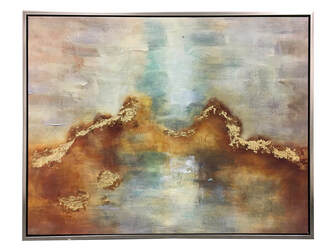 Giclee (pronounced G-clay or Zhee-clay internationally) 30 years ago, Giclee Printing change the Art World so dramatically that it is being hailed as one of the most significant developments in the history of art. Giclee printing was developed in the late 1980's. The printing equipment used to make Giclee prints are not much different than your home or office ink jet printer. Giclee printers have modified jets that spray the ink onto a substrate such as paper or canvas. The word Giclee is a derivative of the French word Giclear, which translates as jet. The word Giclee was actually chosen to differentiate this type of printing from other forms of printing. By this point you're probably asking, "So what's the big deal?" The big deal is this. Giclee printing machines make printing a single print affordable. Until the development of this printing process most printing required minimums of 500 strikes or prints. The set up time on these large lithograph printers was often hours. The large presses were and still are very expensive. In addition, lithograph presses run very fast, so they burn up hundreds of sheets of paper or canvas before the press is printing the colors you want. A typical press run of 500 pieces on canvas before Giclee printing, it would have cost $12,000 to $20,000. As you can see, Publishing their own art was expensive and 500 pieces of a single image was a tremendous amount for an artist to sell. It is for those reasons artist did not print much of their own work. Imagine. Thousands of very creative artist unable to afford to print and distribute their artwork. That meant you, the potential buyer, was limited to a selection of art being produced by large publishing houses that had established distribution channels and the money to print whatever they viewed as salable. Giclee printing brought in a revolutionary new era. Now an artist could print one single print on their own and they could sell that print themselves. Giclee printing allowed millions of new images to become available. Giclee Printing change the Art World! Today's art market is dramatically different than the one of 30 years ago. Consumers now have millions of more choices than they ever had before and at prices that are far below the average original painting cost. |
Archives
January 2020
Categories |
Art & CompanySun 10am-5pm
Mon 10am - 6pm Tues 10am - 6pm Wed 10am - 6pm Thur - Fri Closed Sat 10am-5pm |
|

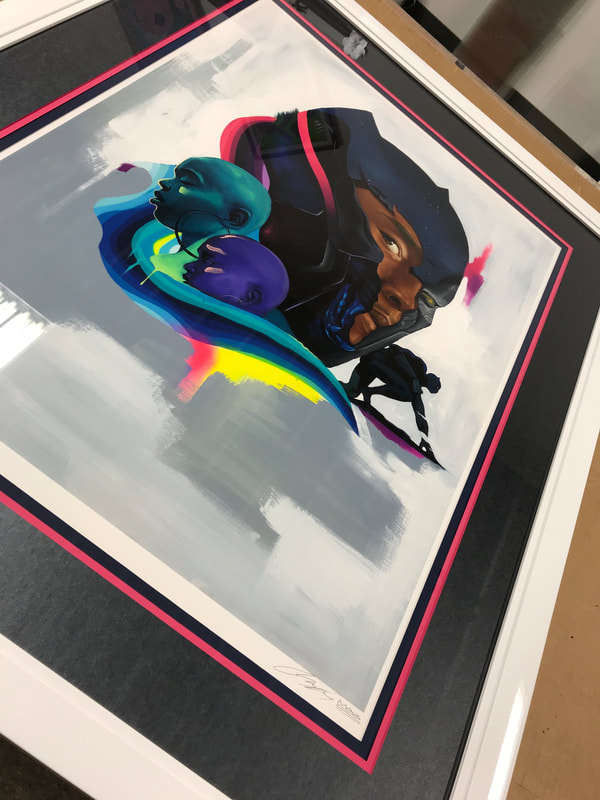
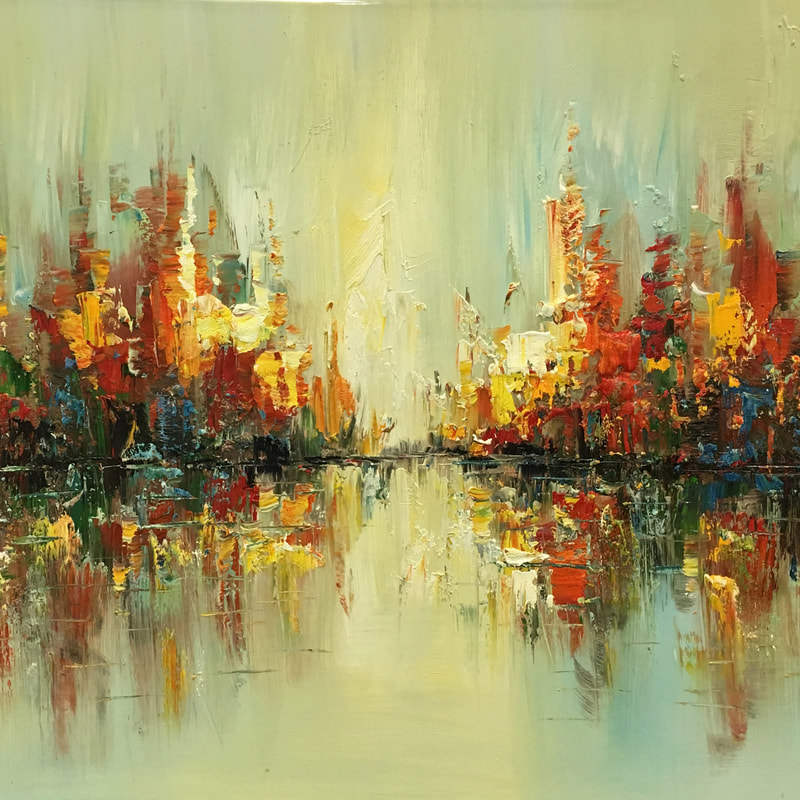
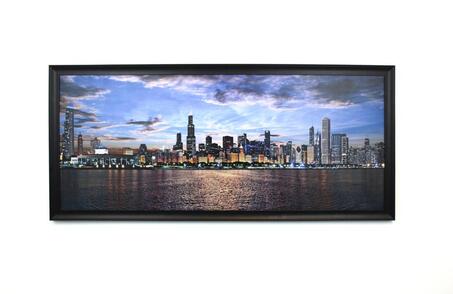
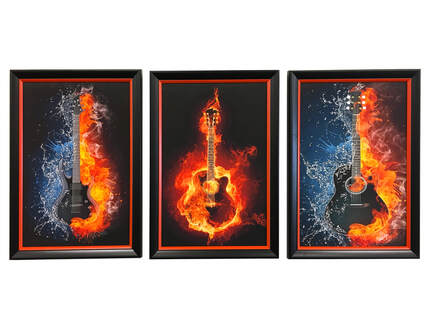
 RSS Feed
RSS Feed